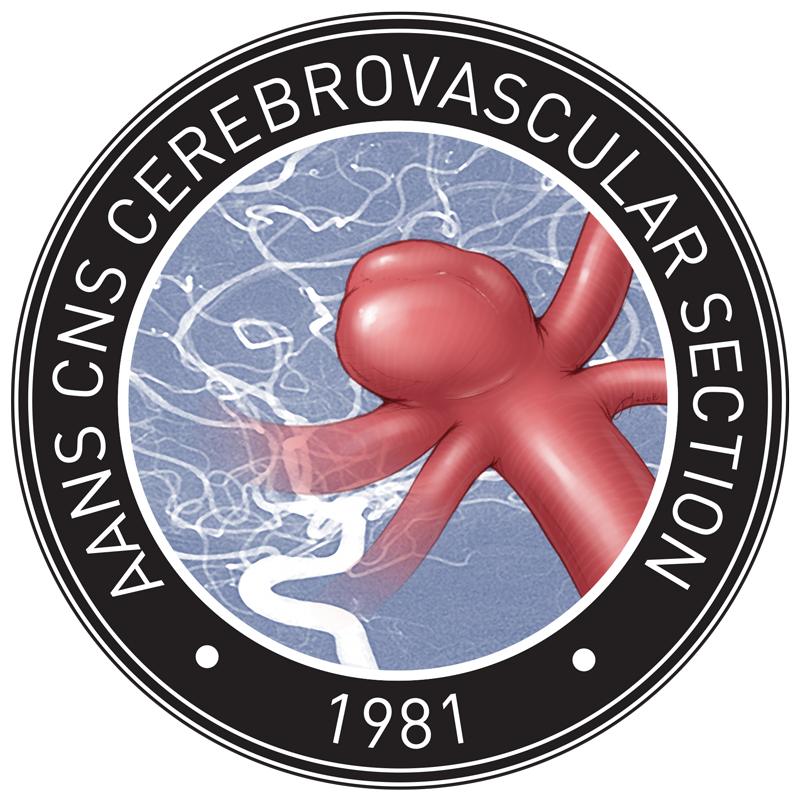2018 AHA/ASA Guidelines for the Early Management of Patients With Acute Ischemic Stroke

The 2018 American Heart Association/American Stroke Association guidelines for early management of patients with acute ischemic stroke (AIS) has been published. This is an updated document from 2013 AHA/ASA Acute Ischemic Stroke guidelines and 2015 AHA/ASA AIS guidelines regarding endovascular therapy. A few highlights from the current guideline:
–While the guidelines recommend development of regional stroke centers with different capabilities (i.e. IV tPA ready vs. thrombectomy ready), it does not recommend bypassing the closeast IV tPA ready center to bring the patient to one that offers a higher level of stroke care, citing that further research is needed.
–The guidelines recommend systems should be established so that brain imaging studies can be performed within 20 minutes of arrival in the ED in at least 50% of patients who may be candidates for IV tPA and/or mechanical thrombectomy.
–The guidelines recommend CTA as part of initial evaluation of acute stroke patient, but should not delay IV tPA if indicated. CTA should be performed in patients with suspect4ed intracranial LVO before obtaining a serum creatinine concentration in patients without a history of renal impairment.
–In patients who are potential candidates for mechanical thrombectomy, imaging of the extracranial carotid and vertebral arteries, in addition to the intracranial circulation, is reasonable to provide useful information on patient eligibility and endovascular procedural planning.
–In selected patients with AIS within 6 to 24 hours of last known normal who have LVO in the anterior circulation, obtaining CTP, DW-MRI, or MRI perfusion is recommended to aid in patient selection for mechanical thrombectomy.
–The use of a proximal balloon guide catheter or a large-bore distal-access catheter, rather than a cervical guide catheter alone, in conjunction with stent retrievers may be beneficial.
